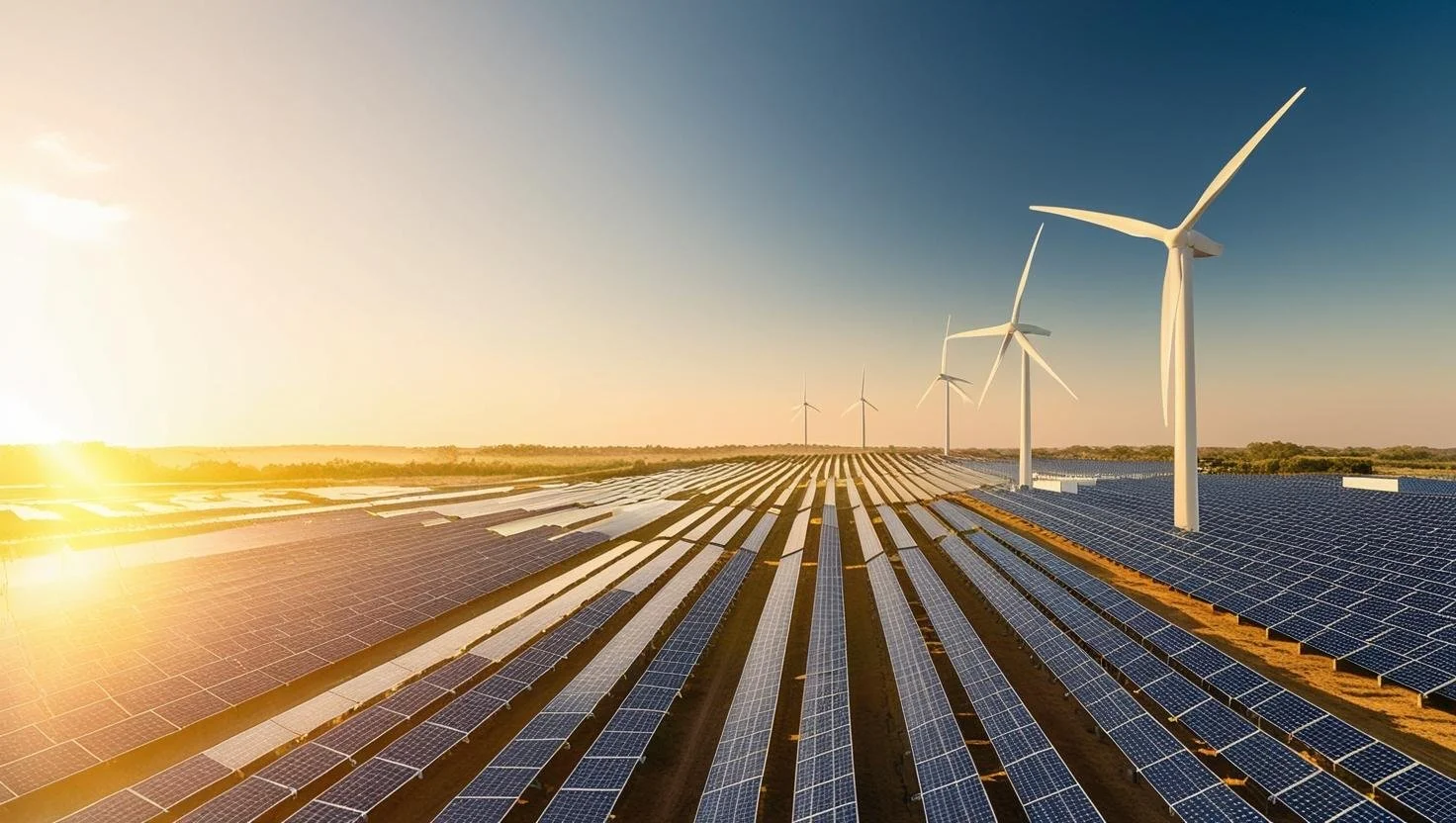Energy resilience at airports - what we can learn from Heathrow.
The race to the airport to make your flight for some can be a bit of a mad dash. Remembering your passport, documents, and almost always forgetting at least one item (of course it has to be your toothbrush!). But nothing ruins air travel more than your flight being delayed or even worse, cancelled.
On Friday, this was the reality of nearly 200,000 passengers when over 1,300 flights were cancelled or diverted to and from Heathrow Airport, the UK’s largest airport. Just before midnight, a fire broke out at a substation in Hayes shuttering the airport and leaving 16,300 homes without power. Although the cause of the fire has yet to be determined, the incident has demonstrated how vulnerable airports and grid power supply can be.
Airports are critical infrastructure and not only impact the travel of people around the country and world but also play a key role in the economy. Heathrow Airport is the most valuable port in the UK adding £12 billion to the British economy. In 2021, more the £153 billion in exports and imports from outside the EU were shipped via Heathrow, demonstrating its immense value in the economy. Although the closure at Heathrow lasted less than 24 hours, the knock-on effects can be costly. Share prices at Lufthansa, Ryanair, and IAG (parent company of British Airways) fell by 1.7 per cent, 2.3 per cent, and 1.9 per cent, respectively. Resulting in the leisure and travel sector closing at 1.6 per cent lower.
But how can airports build resilience against such vulnerabilities? By diversifying their energy supply.
Onsite generation for energy independence
Almost every airport globally has a net zero target with the majority of this being supplied by renewable energy tariffs via grid supply. However, as the recent incident at Heathrow has demonstrated having one point of connection can pose a serious risk. Installing onsite renewable energy generation can help mitigate this. Sources such as Solar PV across rooftops, geothermal, biomass, or wind energy devices like Katrick Technologies’ Wind Panel which is suitable for placement on both the airfield and terminal locations.
Management of energy
Helping to mitigate dependence on external grid supply, airports can install their own microgrids which are self-contained on their site. In combination with battery storage and energy management systems, airports have greater control over their supply, storage, and utilisation of energy on-site. Wherein, energy can be used during peak demands and stored when demand is lower, increasing energy efficiency while reducing waste.
Investing in community energy projects
Airports can sometimes leave local residents in the surrounding areas with a sour taste. Heathrow is no stranger to this with their new third runway and expansion plans. However, working with community providers to create shared energy solutions can help diversify their energy supply. Whether it be district heating, shared wind or solar energy sites, this can help to reduce dependency on a single energy provider while also providing greater energy resilience within the region.



